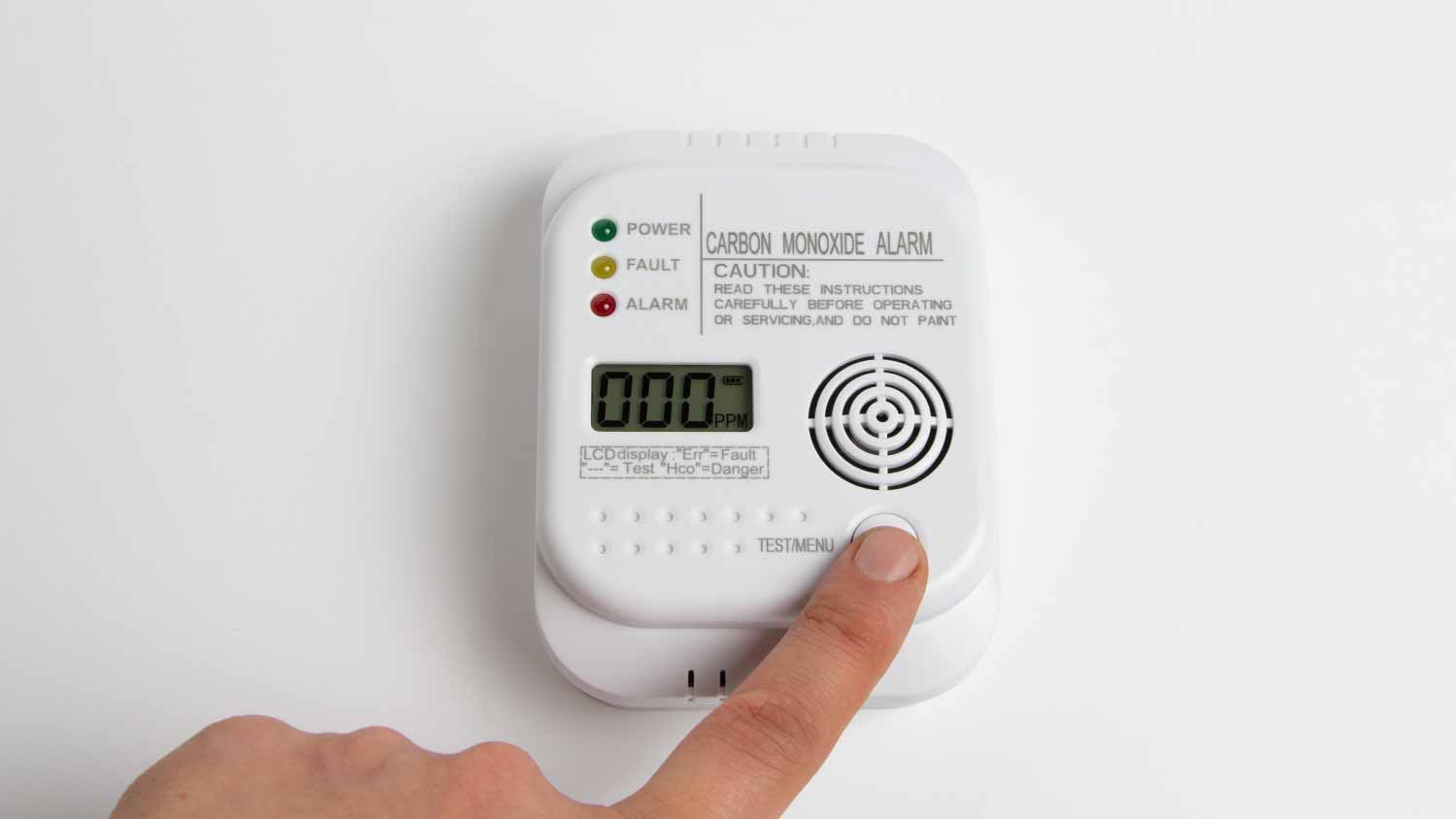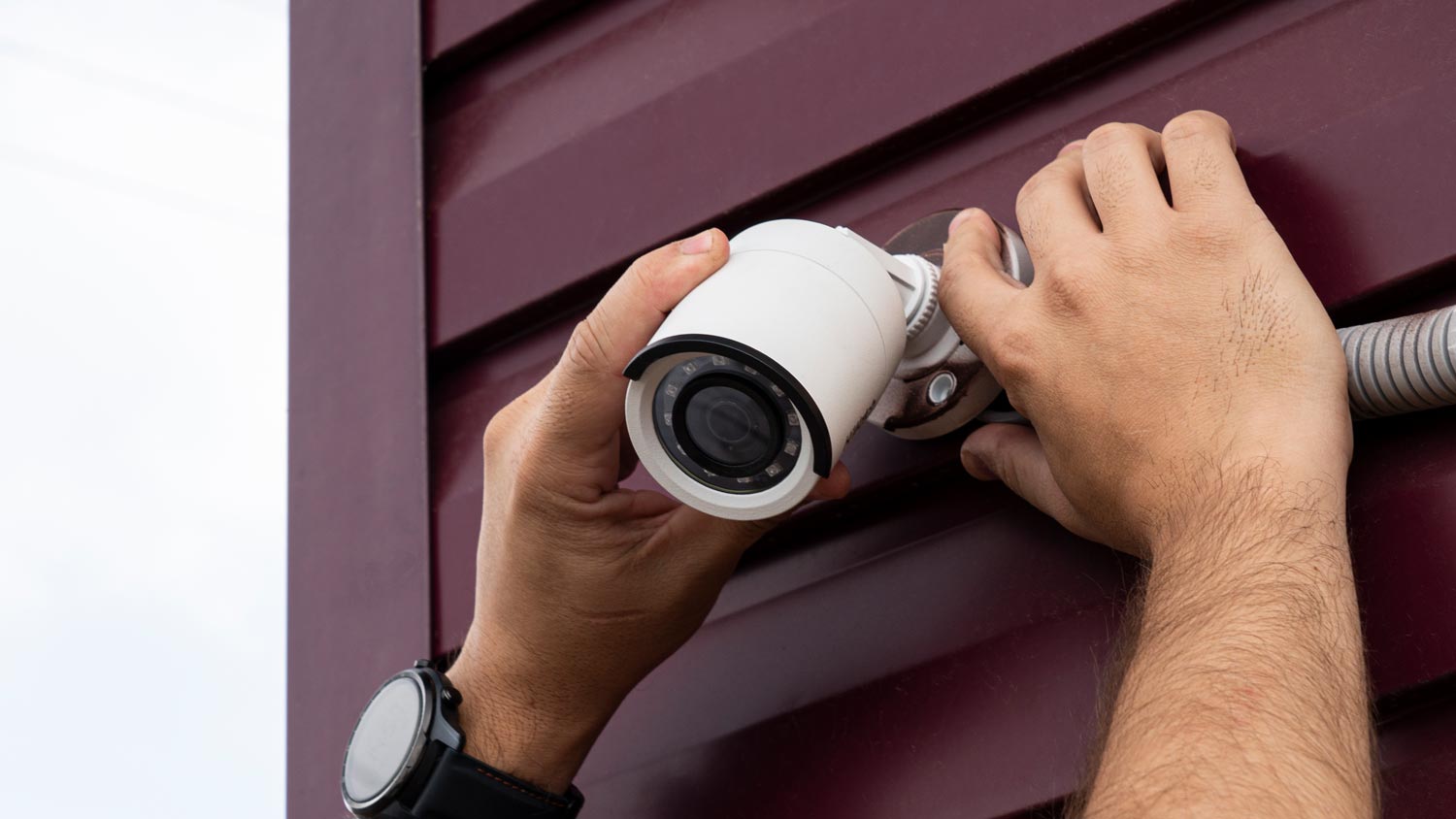What’s the Difference Between Presence Detectors and Motion Detectors?
Detect the differences between these common sensors


Presence detectors detect continued occupancy, and motion detectors detect movement.
While presence detectors are generally recommended for low-traffic rooms, motion detectors are better for high-traffic areas, like hallways and entryways.
On average, motion detectors cost less than presence detectors.
Motion detectors can be DIY-friendly; however, presence detectors require more sophisticated installations.
Presence detectors or motion detectors? Presence detectors seamlessly integrate into your smart home with lights and HVAC that respond to your every move. Motion detectors are great for keeping an eye on things when you’re not around. And as a homeowner, you could benefit from having both as their features help them maximize your comfort and protection. Keep reading as we break down the differences between presence detectors and motion detectors.
What Are the Differences Between Presence Detectors and Motion Detectors?
Presence detectors sense small, subtle actions while motion detectors react to large movements. Both enhance home and security systems, but as a whole, they’re different in cost, ideal placement, ease of installation, and usage.
| Type of Difference | Presence Detectors | Motion Detectors |
|---|---|---|
| Detection | Subtle actions | Significant movement |
| Location | Low traffic areas | High traffic areas |
| Usage | Long-term | Short-term |
| Cost | More expensive | Less expensive |
| Installation | Complex installation | Easier to install |
| Energy efficiency | More energy efficient | Less energy efficient |
Presence Detectors vs. Motion Detectors: Differences in Detection

Presence and motion detectors are two types of sensors with varying degrees of sensitivity.
Presence detectors are incredibly sensitive. They use advanced technology to detect even the smallest presence, like the heat that comes from something as small as your finger. Their elevated sensitivity means that they can detect when someone is in a room, even if they’re completely still. This makes them perfect for smart lighting and climate control. By recognizing a room’s occupancy, presence detectors save energy by activating systems—like lighting and HVAC—only when necessary.
While presence detectors pick up subtle actions, even the small shrug of your shoulders, motion detectors focus on detecting large movements. Commonly used in security systems, motion detectors trigger lights or alerts when something moves in their field of view. They’ll activate when someone walks into a room or a car drives up to your garage, but they struggle with smaller, subtle movements. For example, if you’re sitting quietly, motion detectors might not detect you at all.
Location Differences
Presence detectors are perfect for low-traffic areas, like private offices or living spaces. Again—their sensitivity lets them detect even the smallest signs of occupancy. This is perfect for environments where you want to know if someone is in a space, even if they’re barely moving. Imagine sitting at your desk for hours, completely focused on your work. While a motion-activated system might turn off the lights and HVAC system because you’re not moving, a presence detector would keep everything running, ensuring your workspace stays lit and comfortable.
Alternatively, motion detectors are better in high-traffic areas—think hallways and entrances. They’re focused on capturing movement, making them ideal for monitoring busy places where people are constantly coming and going. So, if you’re keeping tabs on an area with lots of movement, you’d need a motion detector. But in quieter settings, where presence counts, go for a presence detector.
Usage Differences
While presence detectors are designed for long-term applications, motion detectors are better for shorter, more immediate uses. Experts recommend presence detectors for spaces where they continuously monitor occupancy. Motion detectors respond quickly to movement, triggering alarms or lights as needed. However, in extremely high-traffic areas, they can get a bit overzealous. They’re not as reliable for long-term monitoring when even small shifts will continuously set them off.
Cost Differences
Presence detectors tend to be more expensive because of their advanced technology. Alternatively, motion detectors are generally more affordable. You can expect to pay between $350 to $500 to install motion sensor lights. The average cost is around $425, but the final price tag ultimately depends on the type of light and the power source.
Installation Differences

Installing a presence detector is often more complicated than setting up a motion detector. These devices are extremely sensitive and require specific placement—and an expert touch—to work effectively, which means they need careful calibration. This can involve intricate wiring and adjustments, especially if you’re integrating them into a larger smart home setup.
Motion detectors are more straightforward, especially the simpler models. You just mount them in a corner or on a wall, and they’re ready to go. Their installation usually involves basic wiring or popping in batteries, making them perfect for a DIY project. That said, if you want to amp up your security with a more advanced motion detector, reach out to an alarm systems professional to ensure everything’s set up just right.
Differences in Energy Efficiency
It may seem contradictory, but when it comes to energy efficiency, presence detectors come out on top. Even though they continuously monitor spaces for occupancy, they only activate lighting or HVAC systems when someone is in the room. This feature helps reduce your energy consumption, again—making presence detectors ideal for offices and living spaces where you want to optimize comfort without wasting power.
Motion detectors only activate when they sense movement, which can help save energy. But here’s the catch—in high-traffic areas like busy hallways, they might inadvertently leave lights on longer than necessary, especially when there’s constant activity. So, while they might be great for security, they’re not always the best for long-term energy savings.
Frequently Asked Questions
Yes, you can use both presence and motion detectors in your home. They serve different purposes—presence detectors are great for smart home integration, ensuring lights come on (and stay on) when you enter a room. Motion detectors excel at security, alerting you to unexpected movement. By combining them, you’ll create the best of both worlds, smart comfort and solid security.
To prevent false alarms, motion detectors need proper placement and settings. Start by installing them away from pets and windows where outside movement could set them off. Adjust the sensitivity settings to reduce the likelihood of it detecting minor motions. Consider using dual-tech sensors, for example passive infrared (PIR) and microwave technology, to improve accuracy and reduce false alarms. And don’t forget regular maintenance—cleaning the sensor and checking for any obstructions can go a long way in making sure your detectors run smoothly.





- Carbon Monoxide Detectors vs. Smoke Detectors: Pros, Cons, and How to Choose
- Who Can Install Smoke Detectors in My Home?
- Are Home Alarm Systems Worth It?
- How to Choose a Home Security System: Factors to Consider When Buying Home Security Equipment
- What Causes False Alarms on Home Security Systems?
- 7 Home Preparation Tips for Weather Emergencies
- How to Do Home Security System Maintenance: Weekly, Monthly, and Yearly Checklist Items
- How Much Does a Security System Affect Home Insurance?
- Do Security Signs Actually Deter Crime?
- What Are the Best Types of Light Fixtures To Install in Your Home?










